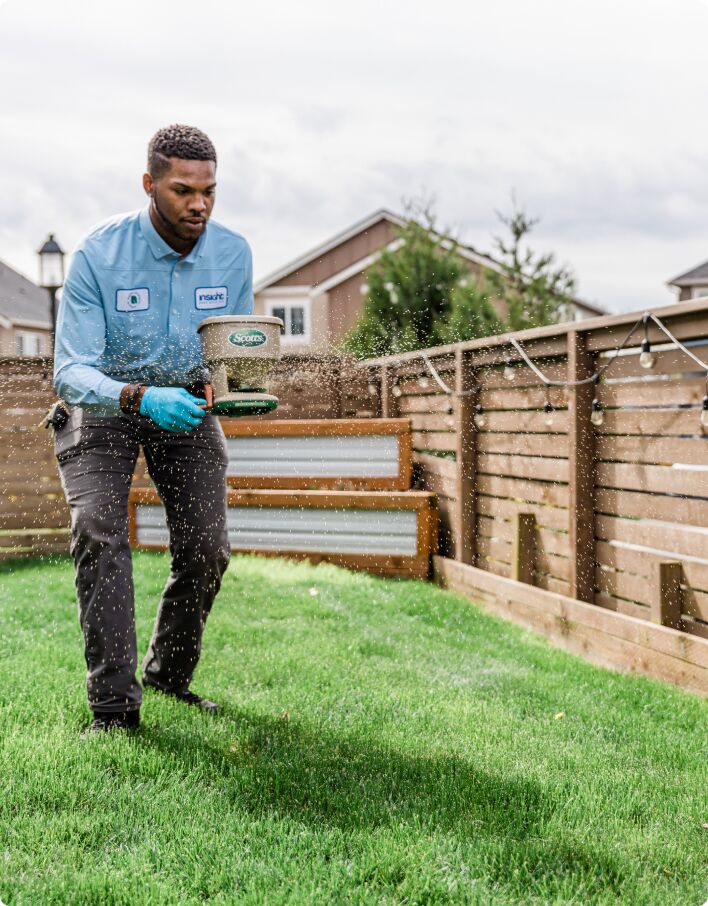Comprehensive A1 Pest Control in Portland Oregon Bed Bugs - Safe Treatments
Comprehensive A1 Pest Control in Portland Oregon Bed Bugs - Safe Treatments
Blog Article
Efficient Parasite Control Solutions: An In-Depth Appearance at Extermination Techniques and Avoidance Measures
In the realm of pest control services, the successful management of problems requires a careful approach that incorporates various techniques and steps for both eradication and avoidance. From Integrated Pest Administration (IPM) strategies that focus on lasting solutions to chemical extermination strategies designed for targeted removal, the collection against parasites is multifaceted and large.

Integrated Insect Administration (IPM) Methods
Integrated Bug Management (IPM) Techniques encompass a comprehensive approach to pest control that focuses on monitoring, avoidance, and control methods to successfully manage bug populations. By integrating different techniques, IPM aims to minimize the influence of parasites while additionally reducing the reliance on chemical pesticides. Prevention exists at the core of IPM, emphasizing techniques like correct sanitation, upkeep of health, and sealing entry factors to prevent parasites from infesting structures. Tracking plays an essential function in IPM by routinely recognizing and inspecting bug levels to figure out the proper treatment limits. Control methods in IPM focus on using physical, organic, and cultural strategies prior to transforming to chemical therapies as a last option. These methods include presenting natural predators, environment alteration, and employing capturing devices to keep parasite populaces in check. In general, IPM promotes a sustainable and ecologically mindful strategy to pest monitoring, advertising long-term remedies that guard both human health and the community.
Chemical Extermination Techniques
Chemical extermination techniques are generally utilized in pest control services to efficiently remove insect populaces that pose a hazard to human wellness and property. These techniques involve using different chemical materials specifically created to target and remove insects such as insects, rats, and other undesirable creatures. The application of pesticides, insecticides, rodenticides, and various other chemical agents is very carefully regulated to make sure optimum effectiveness while minimizing risks to humans, animals, and the environment.
Among the essential benefits of chemical elimination strategies is their capacity to provide fast and targeted results, making them especially helpful in cases of serious invasions or urgent insect control requirements - a1 pest control in portland oregon bed bugs. Nevertheless, it is necessary to emphasize the importance of correct handling, application, and disposal of these chemical products to stop unintended damage
In addition, integrated bug monitoring (IPM) approaches frequently combine chemical extermination strategies with other methods such as cleanliness, habitat modification, and biological controls to produce a sustainable and detailed insect control method. By integrating chemical elimination strategies judiciously within an IPM structure, pest control solutions can efficiently manage bug populations while lessening possible threats to human health and the atmosphere.
Organic Pest Control Techniques
Using all-natural killers and parasites to take care of parasite populaces is a sustainable technique recognized as biological pest control. a1 bed bugs exterminator portland. One typical biological control approach includes presenting all-natural adversaries of the target pest types, such as ladybugs for aphid control or nematodes for termite invasions.
One more effective organic control technique is making use of microbial insecticides. These are normally occurring microorganisms, such as fungis, bacteria, and infections, that particularly target and contaminate specific pest types. By using these microbial representatives, bug populaces can be successfully minimized without causing or harming advantageous microorganisms harm to the atmosphere.
Physical Bug Prevention Actions
Applying physical parasite avoidance steps involves making use of barriers and architectural modifications to deter parasites from infesting a building or entering (portland exterminators a1 for bed bugs). One reliable approach is securing all termite treatment for wood possible access points such as voids around doors, home windows, and utility infiltrations. Installing door moves, displays on home windows, and sealing fractures in the structure can assist stop bugs like pests and rats from obtaining accessibility inside. Additionally, keeping a tidy and clutter-free environment is essential as insects are drawn in to food resources and concealing areas. Routinely inspecting and fixing any type of broken displays, vents, or roof covering floor tiles can also aid in keeping insects out.
Another physical avoidance measure is the usage of barriers like fence to maintain larger pests such as deer or raccoons away from the residential property. Installing mesh or cord screens around yards can protect plants from being damaged by bugs. Proper waste monitoring, consisting of safeguarding trash bin with tight-fitting lids, is important in hindering insects like rodents, raccoons, and pests. By applying these go to this site physical parasite prevention measures, residential property owners can substantially reduce the threat of bug problems and the damage they can trigger.
Expert Pest Inspection Procedures
Conducting thorough and organized bug evaluations is an essential facet of professional pest monitoring protocols. Expert insect inspectors are trained to meticulously check out residential properties for signs of invasions, determining pest species, access points, and conducive problems.

Verdict
In conclusion, effective insect control solutions employ a range of strategies, including Integrated Insect Monitoring techniques, chemical elimination approaches, biological controls, and physical prevention procedures. Professional insect examination procedures play a crucial function in recognizing and dealing with pest concerns in a timely image source manner. By carrying out a combination of these strategies, homeowner can successfully prevent and handle pest invasions.
From Integrated Parasite Administration (IPM) methods that focus on sustainable options to chemical elimination methods created for targeted removal, the collection versus bugs is huge and complex.Integrated Pest Management (IPM) Techniques encompass an extensive strategy to pest control that focuses on control, surveillance, and avoidance approaches to effectively take care of bug populaces.Chemical extermination methods are generally employed in insect control services to properly eradicate pest populaces that position a threat to human wellness and home.Employing all-natural killers and parasites to manage parasite populaces is a sustainable approach recognized as biological pest control.In verdict, efficient insect control services use a selection of strategies, including Integrated Pest Administration techniques, chemical extermination methods, organic controls, and physical avoidance procedures.
Report this page